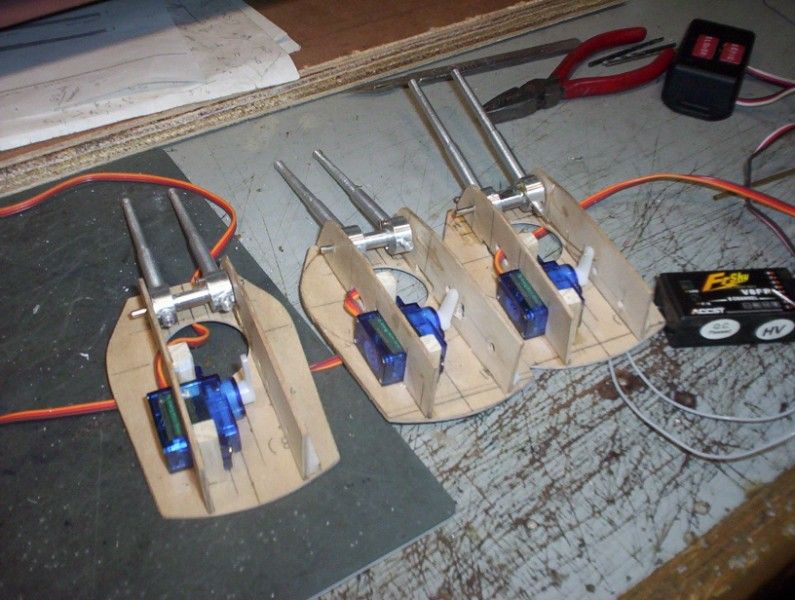kms bismark
kms bismark
- This topic is empty.
Viewing 20 posts - 1 through 20 (of 20 total)
Viewing 20 posts - 1 through 20 (of 20 total)
- Please log in to reply to this topic. Registering is free and easy using the links on the menu at the top of this page.
Code of conduct | Forum Help/FAQs
Latest Replies
Viewing 25 topics - 1 through 25 (of 25 total)
-
- Topic
- Voices
- Last Post
-
- Todays Boating 1 2 … 210 211
- 84
- 1 week ago
Viewing 25 topics - 1 through 25 (of 25 total)



 so no need to re-program.
so no need to re-program. 

